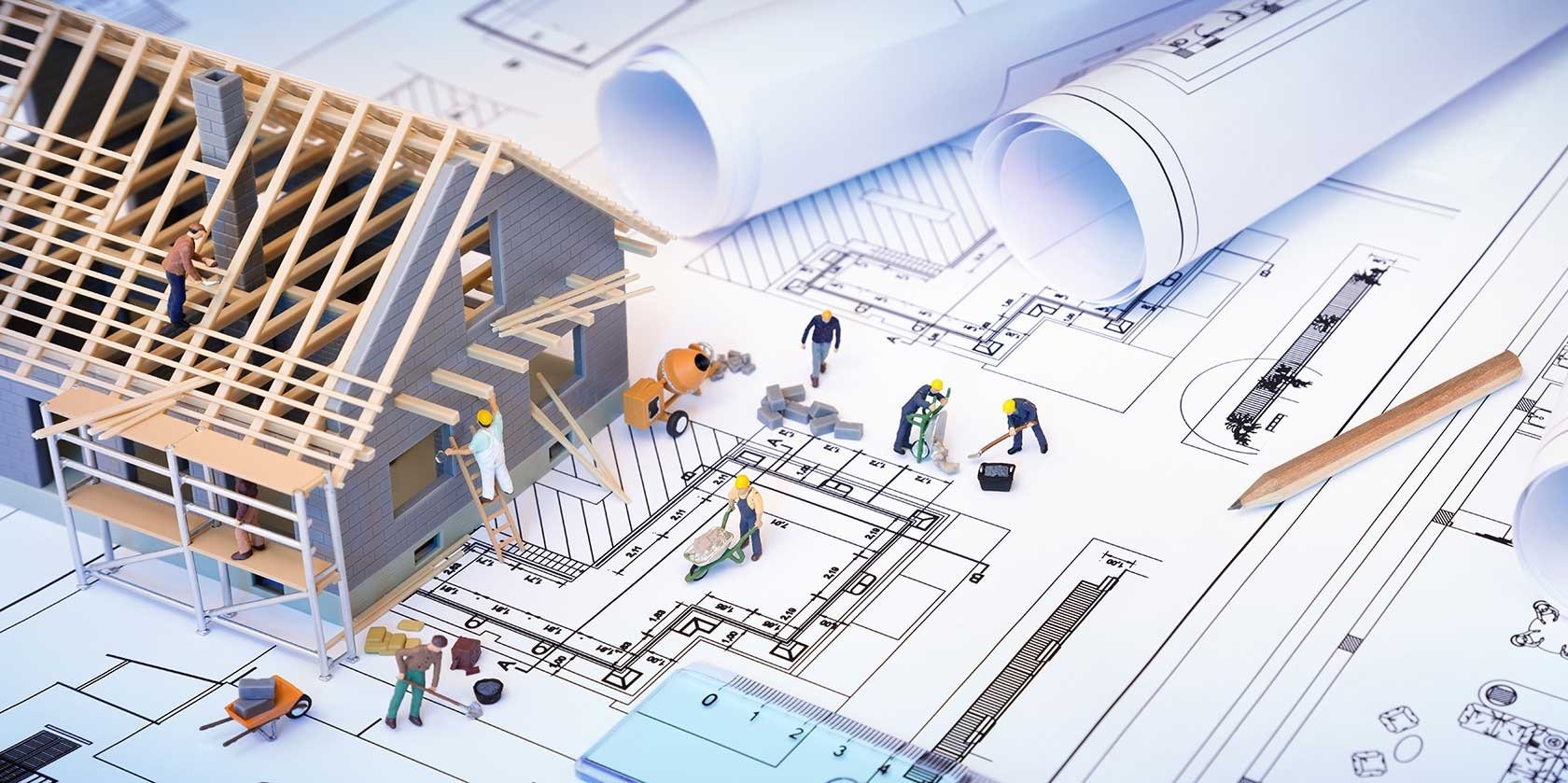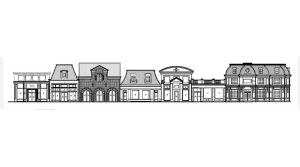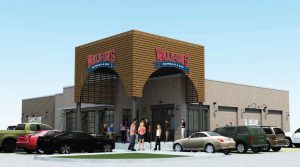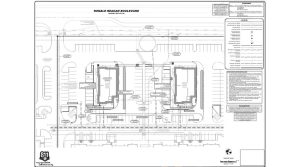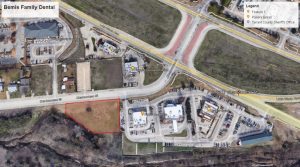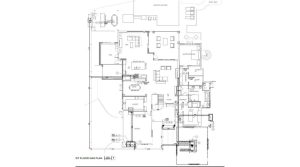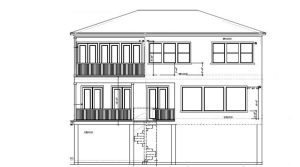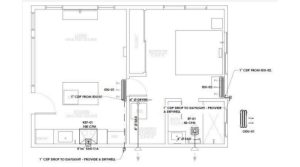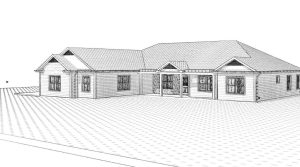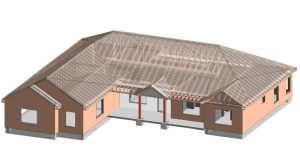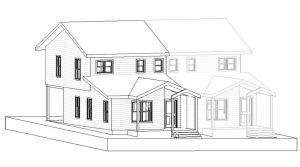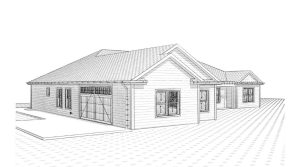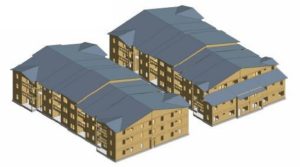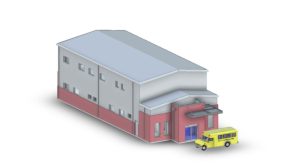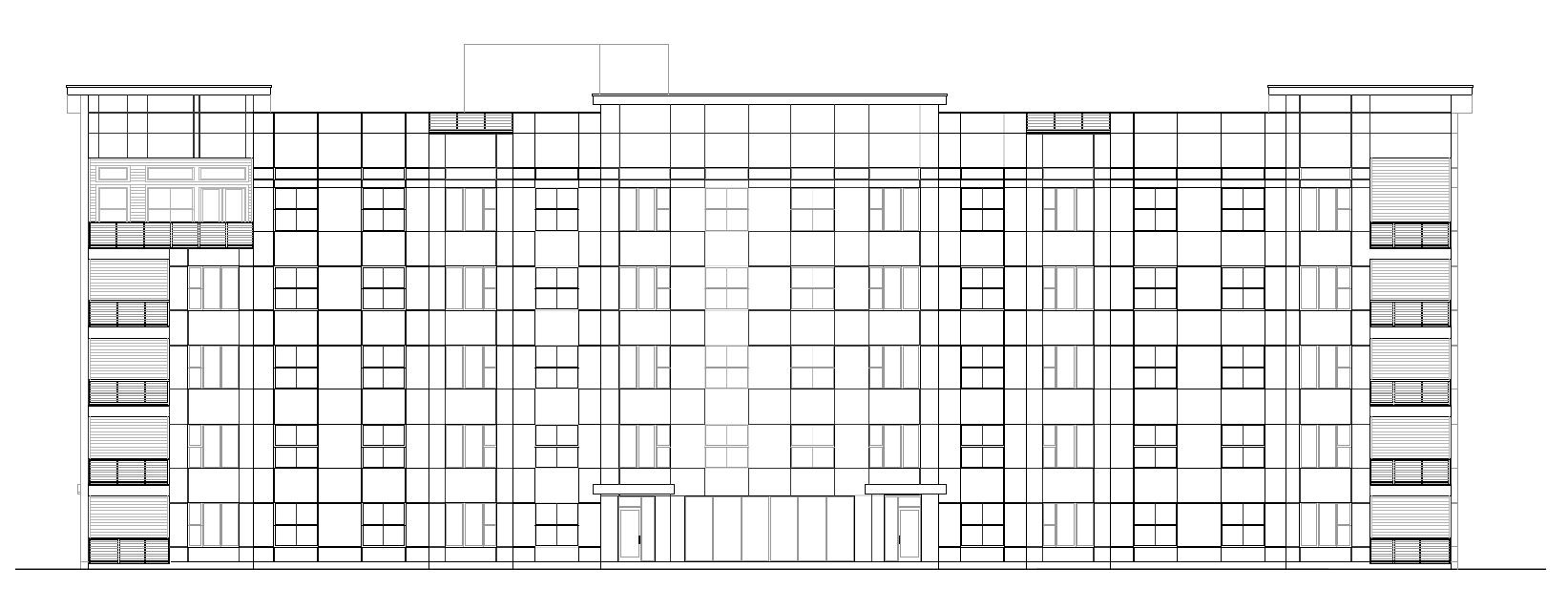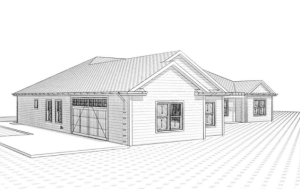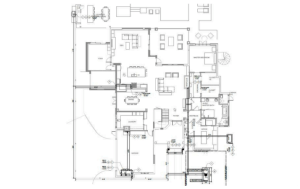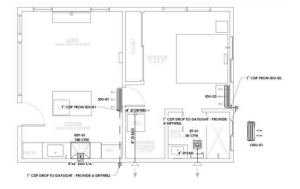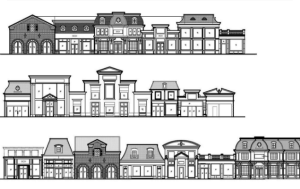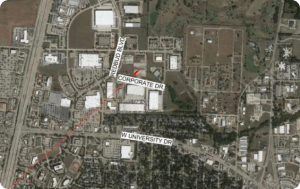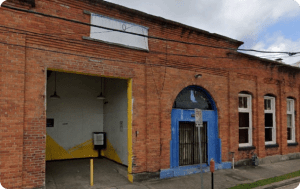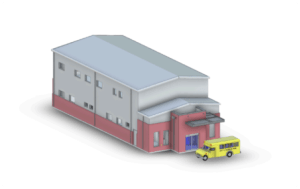Engineering Design Services That Deliver – On Time and Within Budget
In construction, infrastructure, and industrial projects, deadlines and budgets are more than numbers on a spreadsheet — they’re commitments. Missing them can lead to strained relationships, lost revenue, and reputational damage. Hitting them consistently requires not only skill but also a structured, proactive approach.
This is where engineering design services play a decisive role. With the right planning, coordination, and execution, projects can move from concept to completion without costly overruns or schedule slips. In particular, MEP design engineering — the integration of mechanical, electrical, and plumbing systems — is a cornerstone of building projects that perform well from day one.
In this article, we’ll explore how engineering teams deliver projects on time and within budget, the principles they follow, and the tools they use to stay ahead of challenges.
Why Timely, Budget-Friendly Engineering Matters
Every project has moving parts — literally and figuratively. Without a well-structured plan, it’s easy for delays and costs to spiral. Efficient engineering design:
• Prevents rework through accurate, coordinated plans
• Optimizes resources by reducing waste in labor and materials
• Minimizes downtime during construction with well-sequenced tasks
• Ensures compliance early so last-minute changes don’t derail schedules
• Keeps teams aligned through clear documentation and communication
For clients, meeting both the schedule and budget builds confidence in the engineering partner. For the engineering team, it strengthens reputation and creates long-term business opportunities.
The Role of MEP Design Engineering
MEP design engineering is a multidisciplinary process that integrates mechanical, electrical, and plumbing systems into a unified plan. In modern projects, these systems are closely intertwined with the building’s structure and operations.
A coordinated MEP design can:
• Prevent costly conflicts between systems — for example, ductwork clashing with electrical conduit in tight ceiling spaces
• Improve energy performance through efficient layouts and system sizing
• Reduce change orders during construction by resolving issues in the design stage
• Support safety, compliance, and long-term operational efficiency
In short, MEP design engineering is about foresight — seeing how all parts of a building will interact before the first brick is laid.
Core Principles of On-Time, On-Budget Delivery
Define a Clear Project Scope Early
A vague scope often leads to missed deadlines and rising costs. Early definition should include:
- Detailed deliverables and responsibilities
- Agreed timelines and milestones
- Cost estimates with clear assumptions
Therefore, a well-defined scope acts as the “north star,” guiding the entire team.
Collaborate Early and Often
Getting architects, engineers, contractors, and owners aligned from the start prevents future problems. Early collaboration workshops help:
- Match design intent with budget realities
- Identify potential site or logistics challenges
- Foster teamwork instead of siloed decision-making
Create a Realistic Schedule with Milestones
Breaking projects into clear phases makes them easier to manage. Milestones might include:
- Concept design completion
- Detailed design approval
- Permit submission and approval
- Procurement of long-lead items
- Construction start and key progress points
Consequently, tracking these checkpoints allows teams to spot delays early and make adjustments.
Maintain Tight Cost Control
Cost control is not about cutting corners. Instead, it involves making smart choices:
- Value engineering to find cost-effective alternatives
- Bulk material purchasing to lower unit costs
- Standardized design details to reduce errors and review times
Best Practices for Efficient Engineering Design
Use Building Information Modeling (BIM): BIM provides a 3D model that integrates all disciplines. It detects clashes, visualizes systems, and tests options before construction.
Adopt Modular and Prefabricated Solutions: Off-site fabrication shortens on-site construction, improves quality, and reduces weather risks.
Leverage Energy Modeling Early: Energy modeling identifies cost-saving opportunities, guiding system sizing and equipment choices.
Standardize Documentation: Using consistent formats speeds up reviews and client approvals.
Managing Risks to Stay on Track
Risk is a constant in engineering projects. Common risks include:
• Scope creep — where unplanned changes inflate cost and time
• Regulatory changes — requiring redesigns to meet new codes
• Supply chain disruptions — delaying materials or equipment
• Weather impacts — halting on-site work
Mitigation strategies include:
• Building contingency into schedules and budgets
• Maintaining relationships with multiple suppliers
• Using modular designs to reduce weather dependency
• Tracking scope changes and approving them formally
The ROI of Quality Engineering Design Services
Delivering on time and within budget has tangible benefits:
• Lower operational costs through efficient designs
• Reduced maintenance needs thanks to better-quality systems
• Improved occupant satisfaction from comfortable, functional spaces
• Increased asset value for property owners
Well-executed engineering design services also create a foundation for future upgrades, making buildings more adaptable to new technologies and uses.
Real-World Example
A commercial office project in Texas faced tight deadlines due to a tenant move-in date. The MEP engineering team used BIM to coordinate mechanical, electrical, and plumbing layouts before construction began. By resolving all clashes in the digital model, they avoided on-site conflicts and reduced installation time by three weeks. The project finished on schedule and 4% under budget, thanks to value engineering and early procurement of critical equipment.
Conclusion
On-time, on-budget delivery doesn’t happen by chance — it’s the product of disciplined planning, skilled execution, and continuous collaboration. In today’s market, clients expect efficiency without compromise, and MEP design engineering is one of the most powerful tools to achieve that.
By choosing an engineering partner who prioritizes both timelines and budgets, you’re not just completing a project — you’re building trust and setting the stage for long-term success.
For expert engineering design services that deliver, visit GDI Engineering’s MEP Engineering Services.
